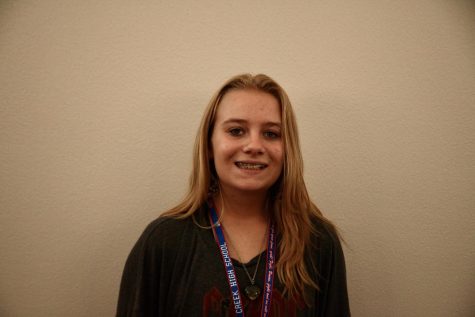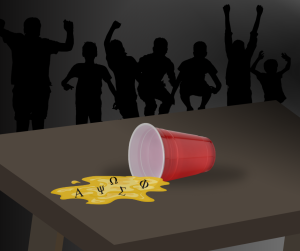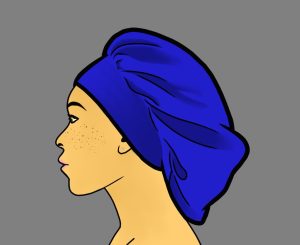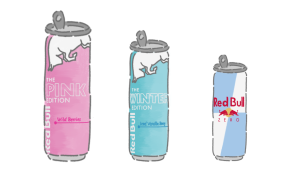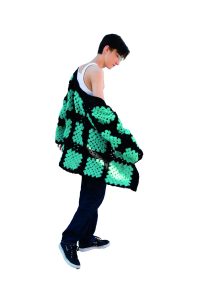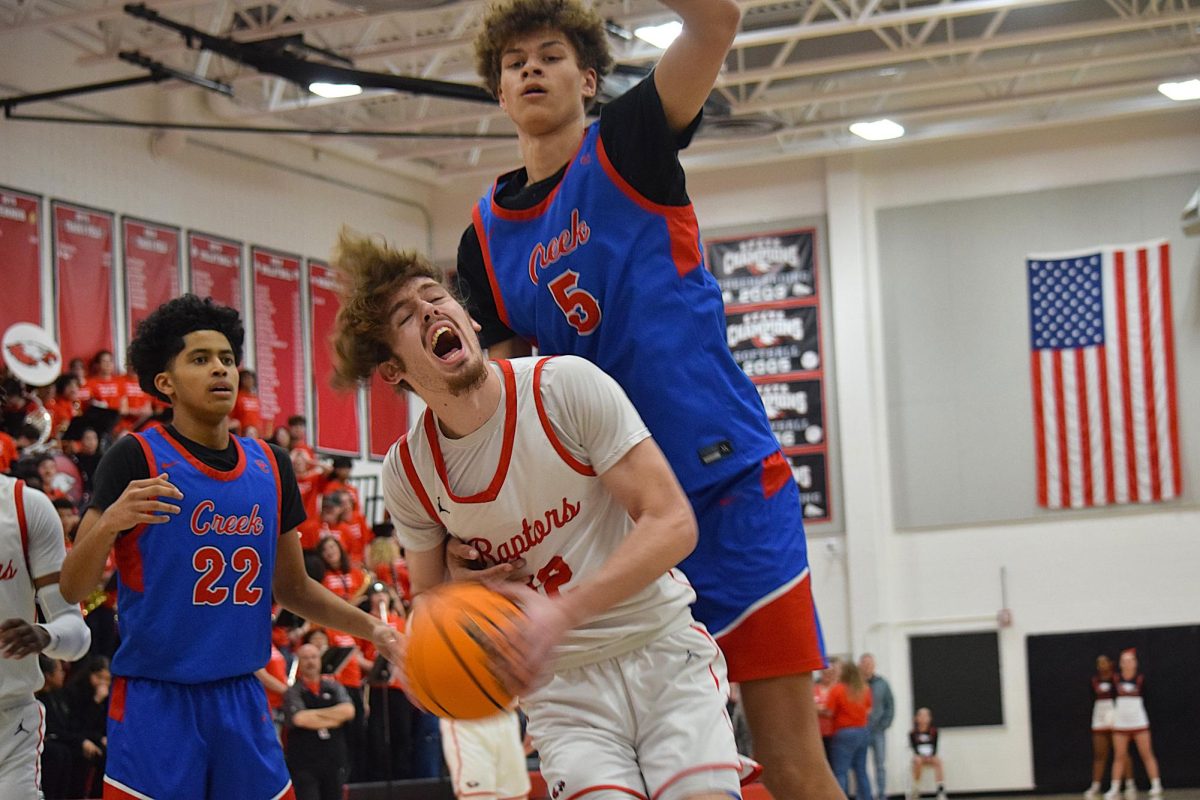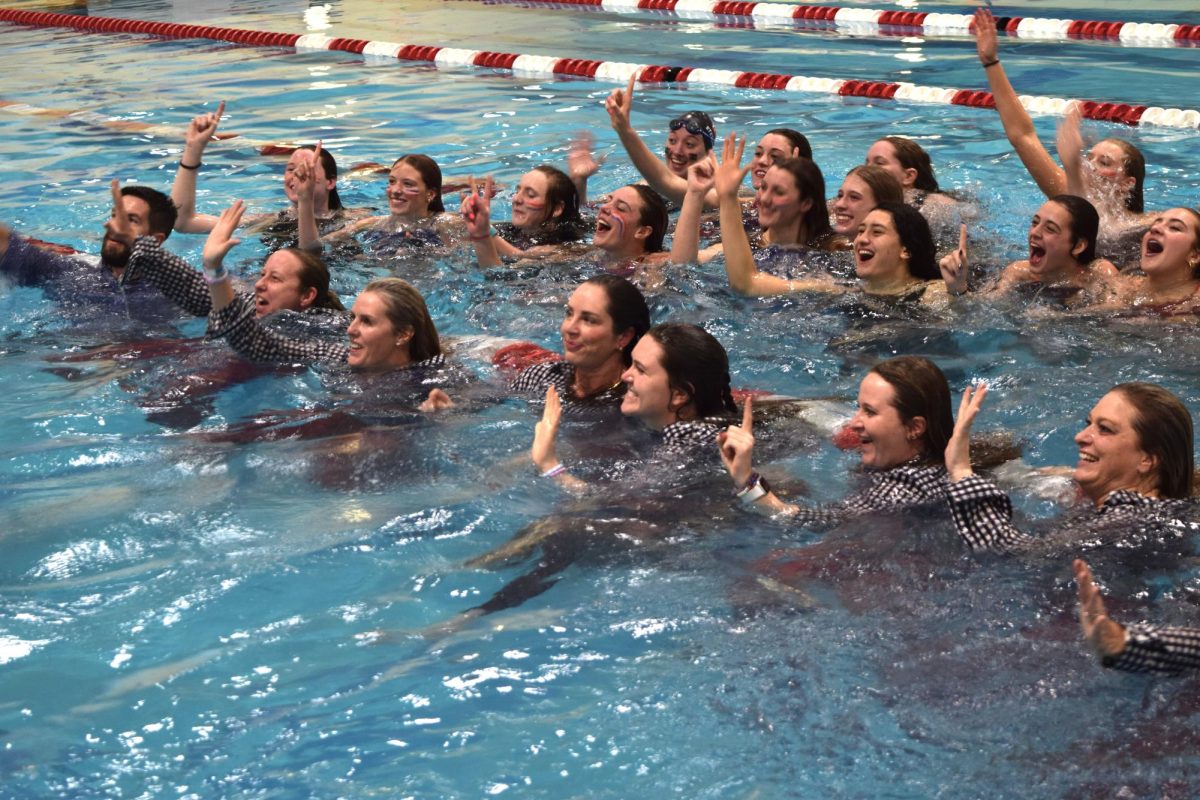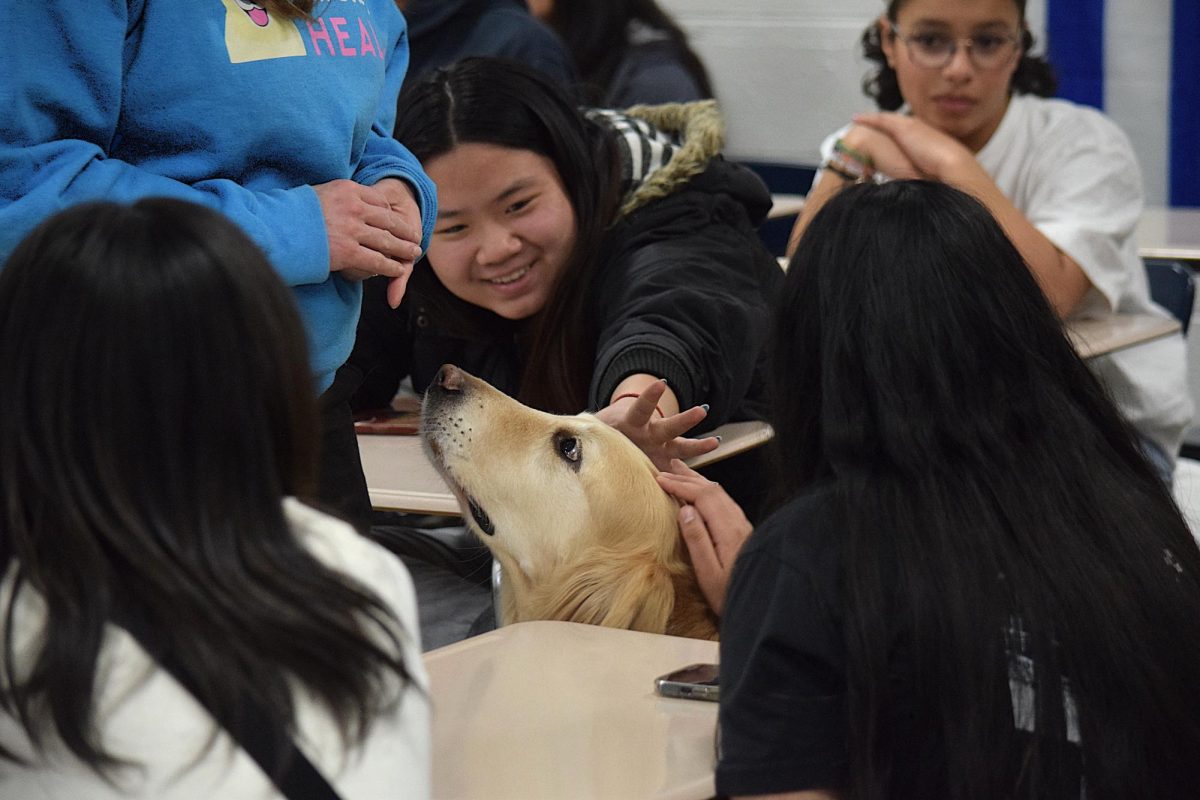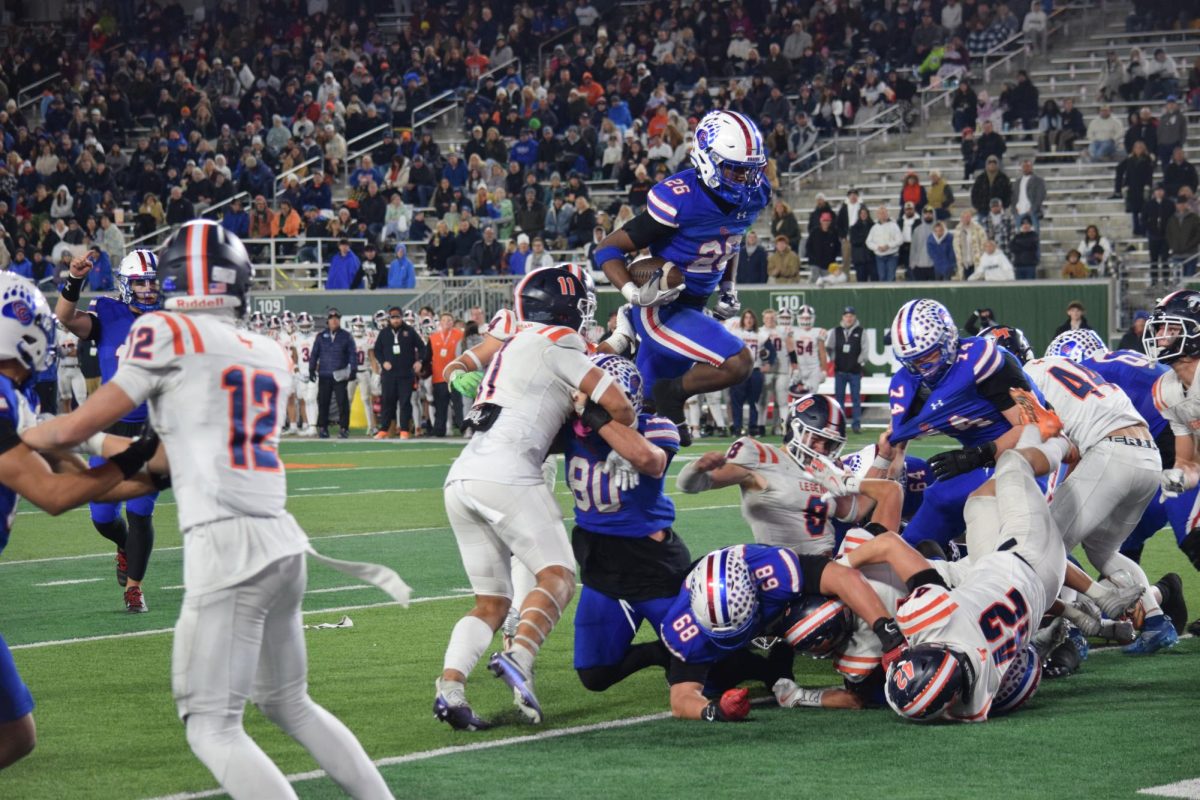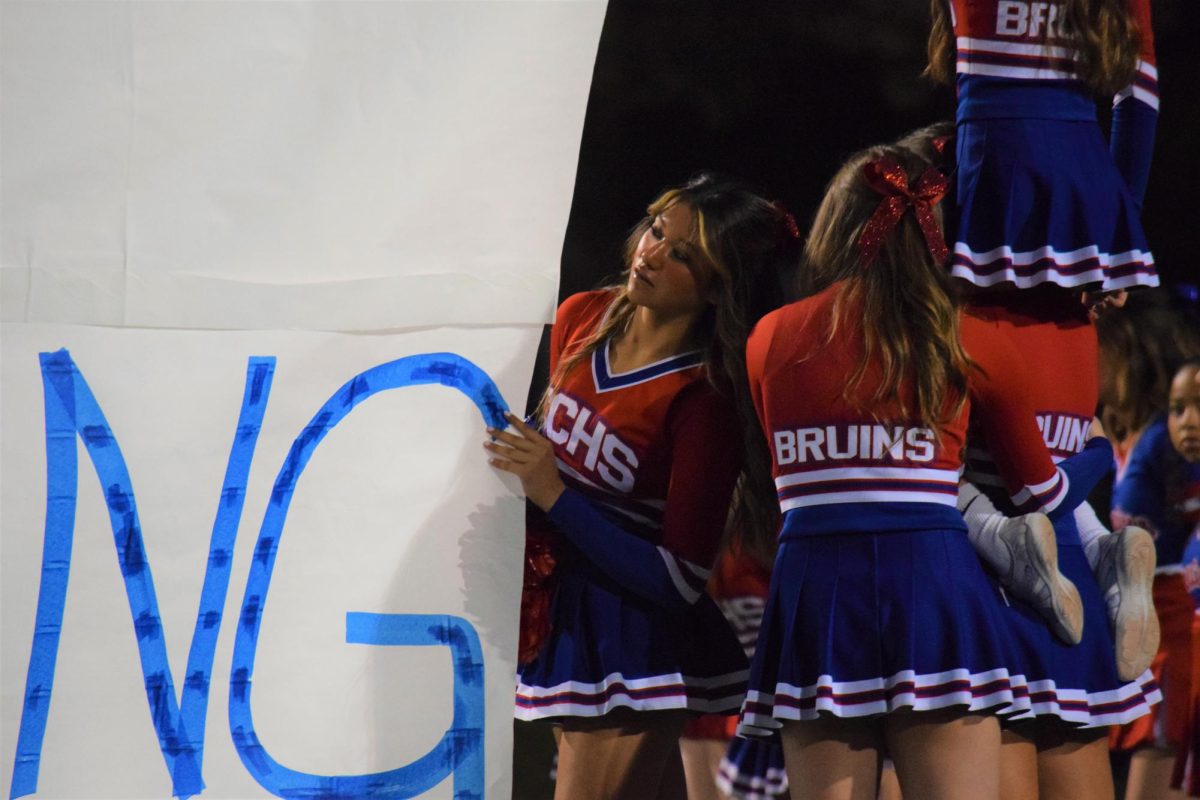How Students Color-Code Their Classes
Some students choose differently colored folders or notebooks for different colors.
September 30, 2022
Most people have never heard of Apophenia, the condition where humans see patterns between unrelated data or things. However, many of us are constantly connecting random things in our heads.
Common patterns like seeing faces on the moon, seeing shapes in the clouds, or seeing repeating numbers like 333 can be attributed to apophenia. Apophenia inflates the hot debate about what school subjects are specific colors, and many have different opinions.
“I change it year to year, I just have to adapt y’know?” junior Ryder Garrigan said. “This year AP Lang is blue because it makes me sad.”
According to Color Meanings, there are many different factors that contribute to color associations. These associations often start at a young age when school administrators send out school supplies lists and color code folders and notebooks according to subjects. As we grow up with the same lists of colors, they become familiar to us, and people are reliably consistent.
“I’m not sure how long ago it started, [but] I’ve always just associated English with red, math with blue, et cetera,” sophomore Dhivian Moodley said.
Objects that are correlated with the class also influence our choices. For example, plants and nature are green, so some believe that science is green. Additionally, our emotions play a role in our prejudices. Most associate yellow with joy, so if history comes easy to you, it might be yellow. If you struggled in math, it might be red, which can symbolize frustration and anger.
Ultimately, our color preferences all depend on our personal experience and opinions, so there is no correct answer.
“If you disagree with me, cry about it,” sophomore Mars Grochala said.

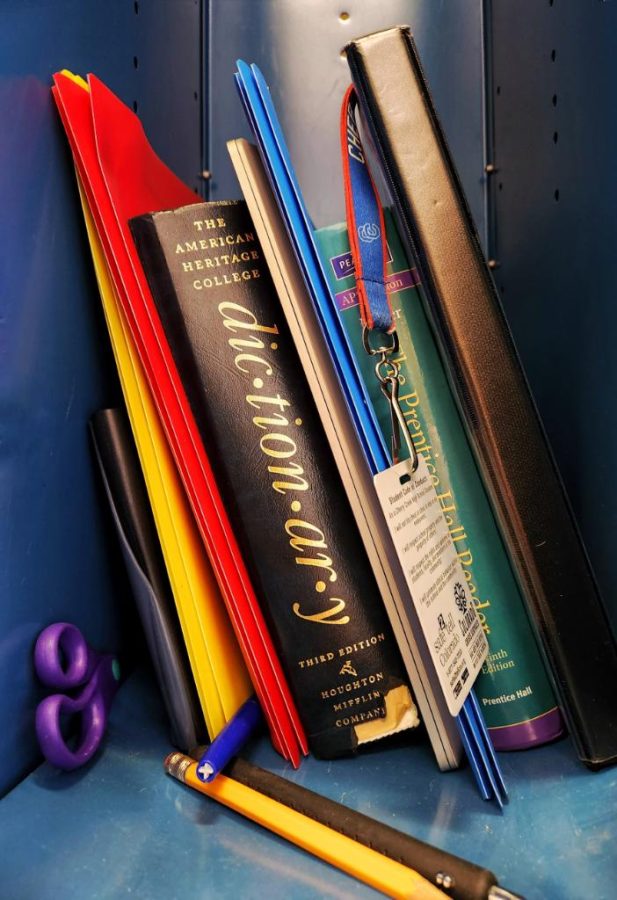
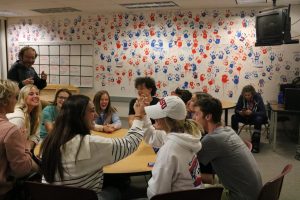

![Creek alumna Audrey Dow (right) and fellow CBYX participants Leah Byrne (center) and Jaden Leatherman (left) visit the Brandenburg Gate in Berlin. Participants in the program are sometimes able to travel around Europe on weekends, despite the fact that most of the participants’ time is spent in Germany learning and interning. “We traveled all around Europe [and] I went to Berlin, which was far away from where I was in the South, Croatia, Italy, Greece, and Serbia, so a lot of [different] places,” Dow said.](https://unionstreetjournal.com/wp-content/uploads/2022/09/dow-300x400.jpg)
